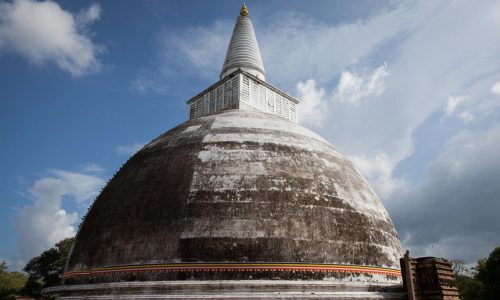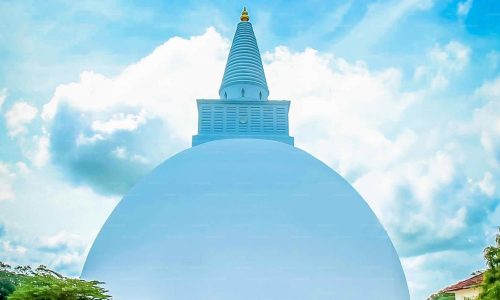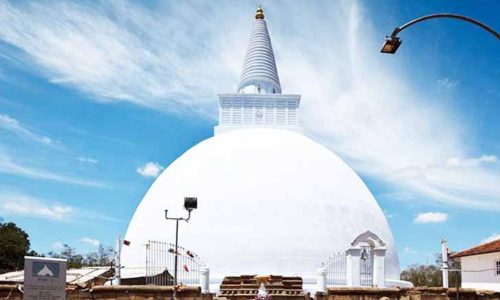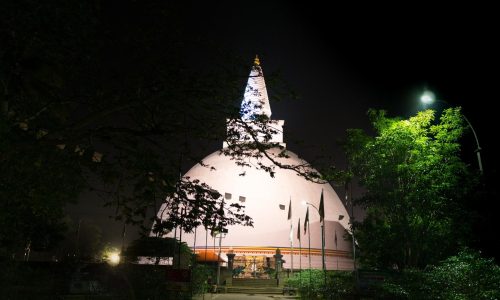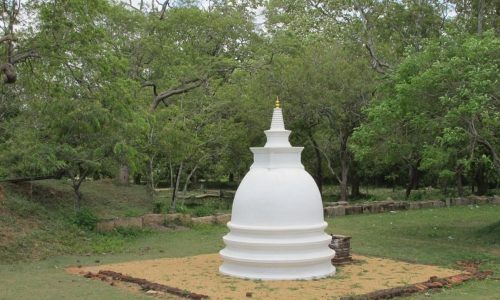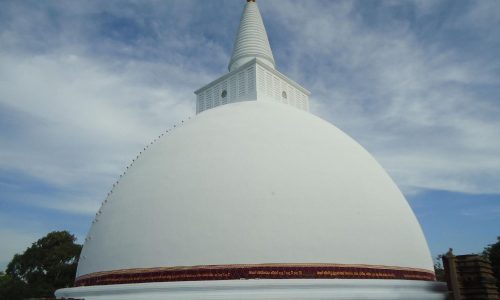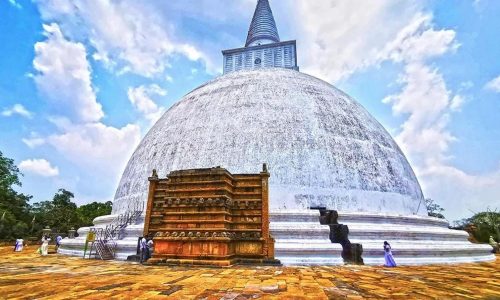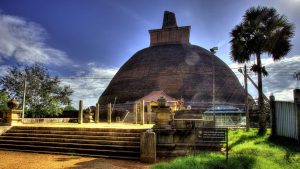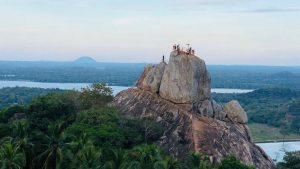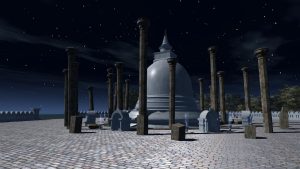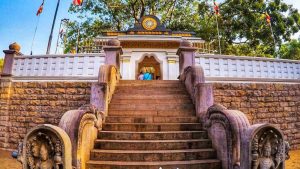Mirisawatiya Dagaba is a revered Buddhist stupa located in Anuradhapura, Sri Lanka. It is one of the eight sacred places known as Atamasthana, to have been visited by the Buddha during his three visits to Sri Lanka. The stupa’s rich history dates back to the 3rd century BCE and remains an important pilgrimage site for Buddhists worldwide.
The history of Mirisawatiya Dagaba dates back to the reign of King Devanampiya Tissa, who ruled Sri Lanka from 307 BCE to 267 BCE. According to legend, the king was out hunting when he met the Buddha, who had recently attained enlightenment. The Buddha had visited Sri Lanka on a mission to spread his teachings and arrived at the port of Mahathitha, now known as Mahathota.
King Devanampiya Tissa was so impressed by the Buddha’s teachings that he became a devoted follower of Buddhism. He later built Mirisawatiya Dagaba on the spot where he had met the Buddha. The stupa has built to enshrine the Buddha’s hair relic, which his disciple Mahinda Thero brought to Sri Lanka.
Mirisawatiya Dagaba is a hemispherical structure with a height of 45 feet. It has a diameter of 150 feet, and a circular stone wall surrounds it. A stupa builds on a raised platform. It is accessible by stairs. The stupa is constructed out of brick and covered with plaster. Terraces decorate the stupa’s dome with a spire and a decorative finial.
A square-shaped courtyard surrounds the stupa, and a stone wall encloses that. The courtyard contains numerous small shrines and statues dedicated to the Buddha and his disciples. The courtyard is also home to a sacred Bodhi tree, which has grown from a cutting of the original Bodhi tree under which the Buddha attained enlightenment.
The stupa is also an important pilgrimage site for Sri Lankan Buddhists, who believe it can grant blessings and cure illnesses. As a result, many devotees visit the stupa to offer flowers, light candles, and perform other religious rituals.
In addition to its religious significance, Mirisawatiya Dagaba is an important archaeological site.Mirisawatiya Dagaba is a testament to Sri Lanka’s rich Buddhist heritage. The stupa’s rich history and unique architecture make it an important site for religious and cultural reasons. As a result, it continues to draw visitors from around the world who come to pay their respects to the Buddha and experience the beauty and tranquility of this sacred place.

